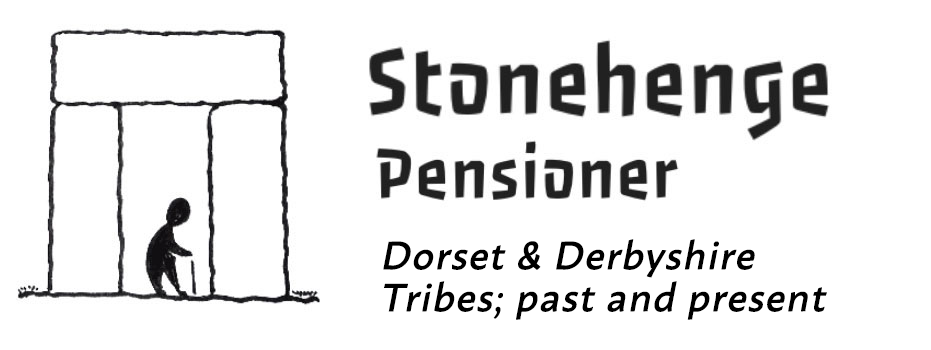Mars Is All About War And Violence
Professor Brian Cox recently introduced a BBC programme on music. It utilised the profs planetary skills because it was all about Holst’s suite called The Planets. He spoke about each planet before an orchestra played that element of the suite. His theory was that as Holst could not know what we know about the planets, perhaps we should reconsider the themes. It was a clever idea. I was quickly reviewing whether Mars is all about war and violence. Holst took the Roman warlike view on the red planet. The fact that the redness is due to rust in the rocks was not understood.
Science
There is always the danger that science can take the romance out of the planets. Holst’s music is loud and dramatic for Mars but soft and soothing for the lesser planets. We, of course, know stuff and the real picture of sterile, rocky, gaseous worlds can be cold and uninviting. Consequently, perhaps we run the risk of losing the spiritual essence of the planets. How many of us today look to the night-time sky? The answer is, very few.
The Neolithic View
What did Zuri and her people think about the planets, the stars? Firstly, they spent far more time in the dark and perhaps knew the sky intimately. Stories must have been told as to why certain stars appear in the different seasons. Some of those stars told them that winter was approaching, or fading. The moon must have fascinated them. They could not know that it reflects just 12% of the sun’s light. They could not understand the height of the sky. Could the stars be reached? Did those high flying birds like eagles actually reach the stars? They could never know.
The spiritual sky
For certain, Venus is the brightest star in the sky and the Neolithic people must have known it. Mars, the red planet is less easy to see with the human eye. Even if they recognised it, they could never have considered that Mars is all about war and violence. Because they had a peaceful society, they would have given the stars a benign role in their existence. Consequently, I can imagine stories about how the stars were formed; that they gained their light from the parent moon, little lunar children romping across an unlit heavenly playground. Those stories fired our imagination for millennia until science gave us the real picture. The science is even more amazing and need not diminish our relationship with the stars. As for new composers, relating music to stars is just a little more challenging.




